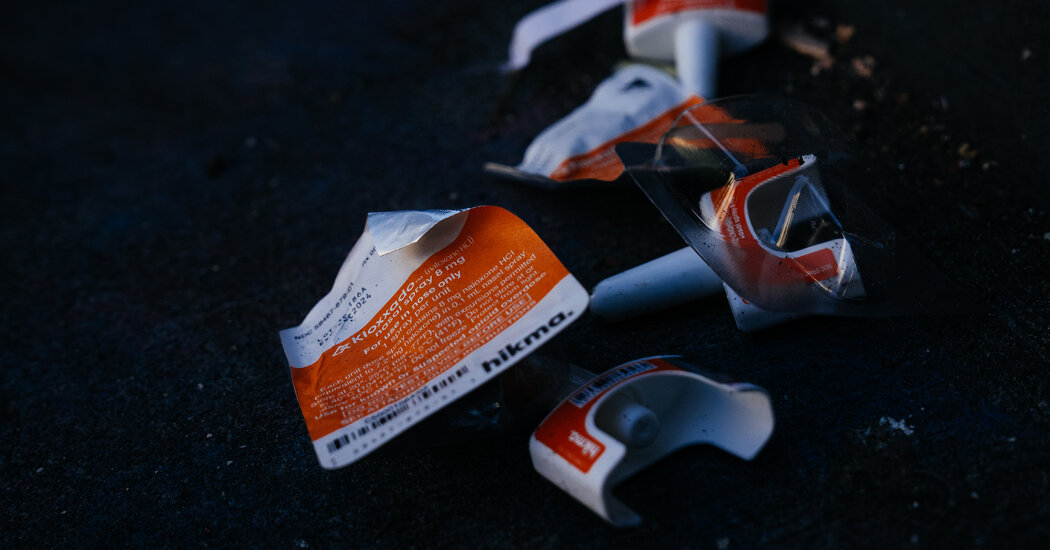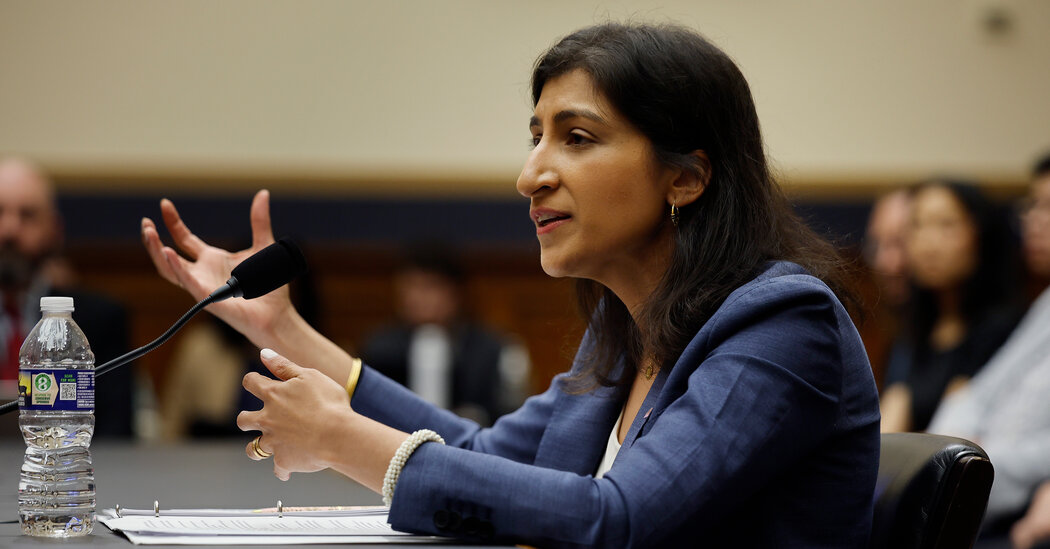Overdose deaths in the United States declined slightly last year, the first decrease in five years, according to preliminary federal data released Wednesday.
The rare good news in the decades-old addiction crisis was attributable mostly to a drop in deaths from synthetic opioids, chiefly fentanyl, said researchers at the National Center for Health Statistics, who compiled the numbers.
But the full portrait of the death toll from street drugs remains grim. Even as opioid deaths fell, deaths from stimulants such as cocaine and methamphetamine rose. And some states, including Oregon and Washington, continued to experience sharp rises in overall overdose fatalities.
Drug overdoses overall in 2023 were estimated at 107,543, down from 111,029 in 2022, a 3 percent drop. Opioid deaths fell 3.7 percent while deaths from cocaine rose 5 percent and deaths from meth rose 2 percent.
The report from the health statistics agency, an arm of the Centers for Disease Control and Prevention, did not offer reasons for the drop. But naloxone, a drug that reverses opioid overdoses, has become more widely available: In 2023, 22 million doses of Narcan, the best-known brand, were distributed in the United States and Canada. Test strips for users to detect the presence of fentanyl in a drug became more popular, and many communities and clinics offered programs that hand out sterile syringes.
Dr. Bruce Hurley, president of the American Society of Addiction Medicine, a professional organization of more than 7,500 treatment providers, said that the group appreciated what he called “the leveling of the overdose curve.”
But he noted that the total remained “historically high” and that the gap between “those with addiction and those receiving treatment remains unacceptably wide.”
He continued, “Universal access to addiction medications, when clinically appropriate, should be our minimum standard.”
But though medications exist to curb opioid cravings and reverse opioid overdoses, there are no approved overdose reversal treatments for stimulants, and few options for treating addiction to such substances.
The latest estimates represent the first drop-off in drug fatalities since 2018, before rates began worsening drastically. By 2020, during the isolation and uncertainty of the Covid pandemic, overdose deaths, in large measure due to fentanyl, hit 100,000 a year and kept climbing. By 2022, they were still increasing, though the rate had slowed.
“Now in 2023, we’re finally seeing a decrease, not just flattening out,” said Farida Ahmad, a health scientist with the National Center for Health Statistics.
The new numbers arrive at a tense moment in a policy debate over how to balance law enforcement and treatment in addressing the drug crisis. In one of the boldest moves, Oregon voted in 2020 to decriminalize possession of street drugs to focus on treatment. But in the face of the rising overdose death rates and street crimes, the state recently repealed the measure.
Local, state and federal governments have been trying to toggle between tackling the supply of drugs as well as demand. A study published this week in the International Journal of Drug Policy reported that in 2023, local law enforcement seized more than 115 million pills containing fentanyl last year, more than double the 49 million seized in 2017.
The federal Drug Enforcement Administration said it additionally seized nearly 80 million counterfeit pills that contained traces of fentanyl, up from 50.6 million pills in 2022.
At the same time, the Biden administration and many local governments have been proponents of a public health approach known as “harm reduction,” which has a primary goal of lowering drug death rates by making drug use safer.
A separate report with a state-by-state breakdown of a 12-month period ending in November 2023, showed that a majority are projected to have low, single-digit percentage declines in overdose deaths. Nebraska, Kansas and Indiana all saw fatalities dropping more than 14 percent over 2022 figures.
In contrast, 16 states are projected to have small rises in overdose deaths, and in Alaska, Washington, Nevada and Oregon, they spiked by at least 27 percent.
The 2023 national numbers are not expected to be finalized for several months.







